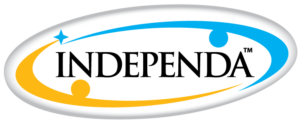The nursing shortage cannot be understood solely in terms of numbers – numbers like, by 2020 there will be nearly 25 million Baby Boomers with multiple chronic conditions and over 1 million new nurses will be needed – but rather in terms of what those numbers mean for our own aging loved ones.
What happens to Grandma and Grandpa when only 10% of long-term care communities have enough nurses to provide basic care? Who will be caring for our aunts and uncles, cousins and friends? If less than 1% of registered nurses are certified in adult-gerontology, will the people we love actually be taken care of by the people we’re entrusting them with?
Numbers may not tell the whole story, but this infographic from Maryville University entitled “How Baby Boomers Will Impact The Nursing Shortage” does give us a glimpse into what the future might look like:

As you can see, there is a critical shortage of gerontology certified nurses who have the preparation required to address the needs of and care for older adults. Plus, faced with rising healthcare costs, many aging Americans and their families are unable to afford the special care they need. How can organizations in the field of aging meet the demands of this population when faced with an incredible shortage of qualified caregivers?
Fortunately, the right technology can scale and amplify a workforce in such short supply. IndependaTVe is one such technology; specifically, it’s an integrated tech platform with solutions for all organizations in the field of aging, from ALs and CCRCs to faith-based senior living communities and short-term rehabs. Smart medication reminders, dining menus and surveys, digital community calendars & more reduce staff workload so senior care organizations can deliver the quality of care their residents expect and deserve, regardless of staff size or labor market shortages. Download the IndependaTVe brochure now to discover how this technology can help your organization provide more care with fewer staff.
Infographic provided by Maryville University Online Nursing Program.
